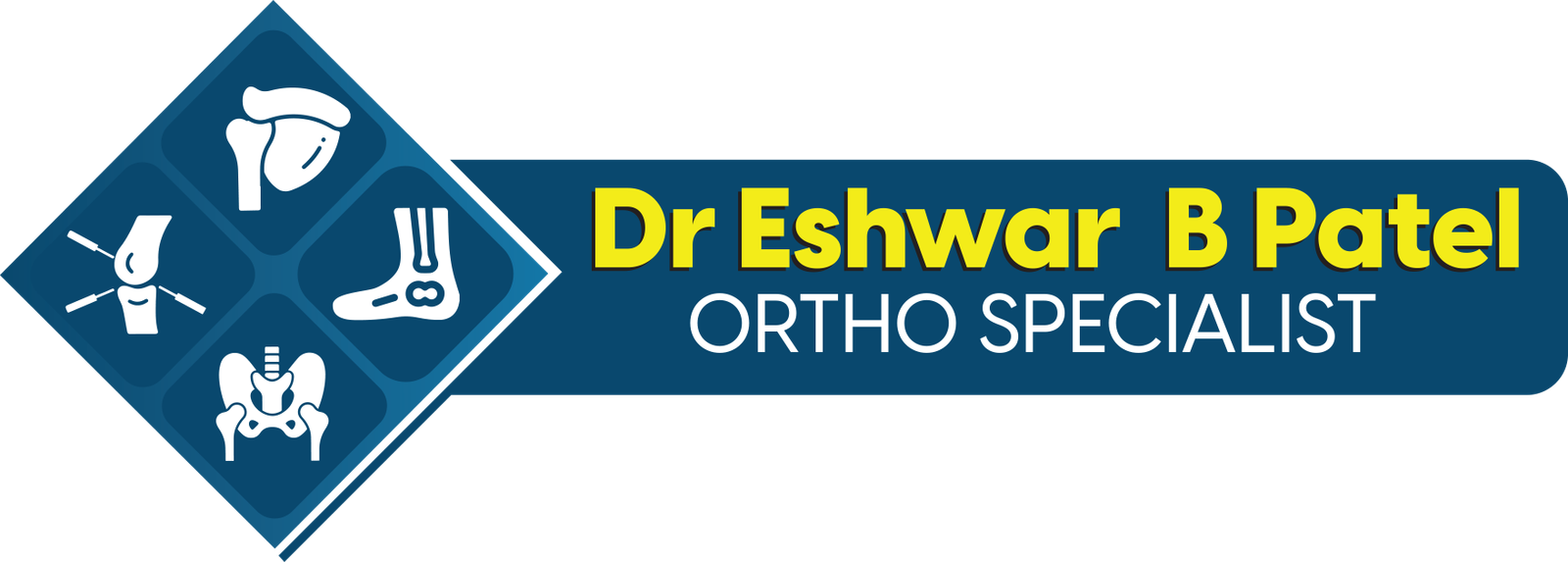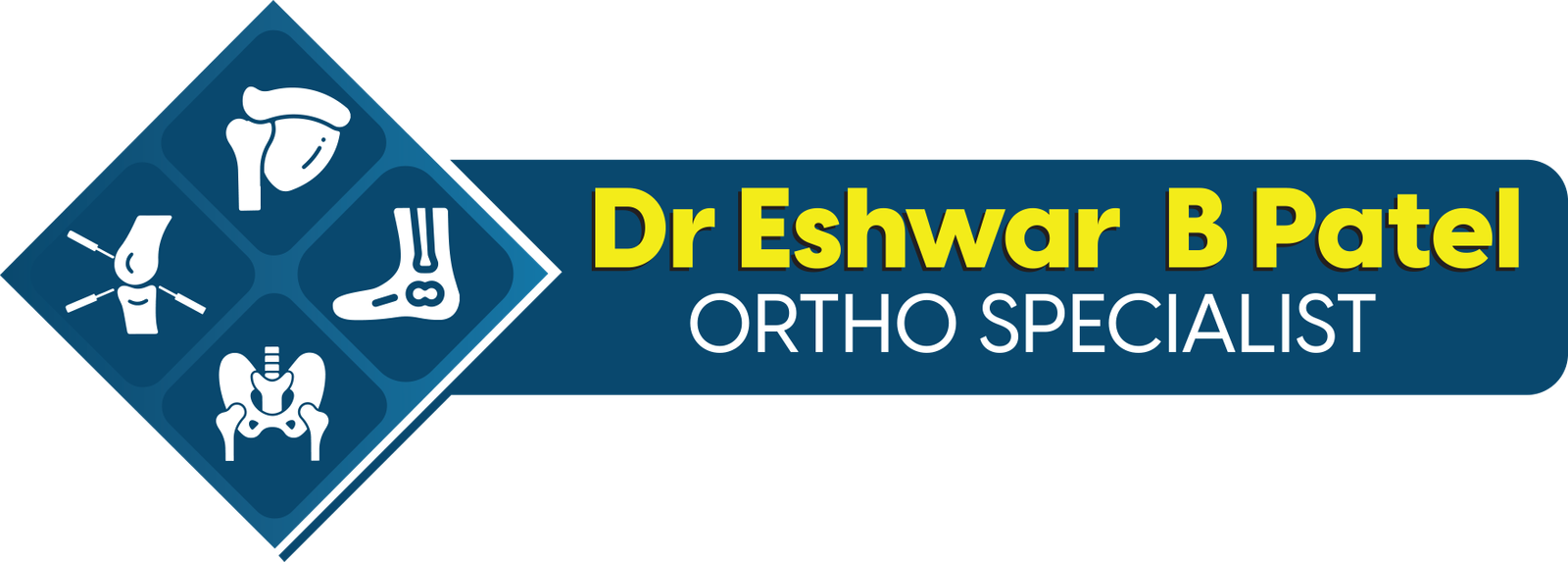Shoulder Arthroscopy Surgeon in Hyderabad
Shoulder arthroscopy is a minimally invasive surgical procedure used to diagnose and treat a variety of shoulder conditions. By utilizing small incisions and a camera-equipped arthroscope, surgeons can visualize and address issues within the shoulder joint with greater precision and minimal tissue disruption compared to traditional open surgery.
What is Shoulder Arthroscopy?
Shoulder arthroscopy involves the insertion of a narrow tube-like instrument called an arthroscope into the shoulder joint through small incisions. The arthroscope contains a camera that transmits high-definition images of the inside of the joint to a monitor, allowing the surgeon to assess the extent of damage and perform necessary repairs or treatments.
Common Conditions Treated with Shoulder Arthroscopy:
- Rotator Cuff Tears: Arthroscopic techniques allow surgeons to repair torn rotator cuff tendons by reattaching them to the bone using specialized instruments and sutures.
- Labral Tears: Tears in the labrum, the cartilage rim surrounding the shoulder socket, can be addressed through arthroscopic surgery to restore stability and function to the joint.
- Shoulder Impingement Syndrome: Arthroscopic subacromial decompression can alleviate impingement of soft tissues within the shoulder joint, reducing pain and improving range of motion.
- Shoulder Instability: Recurrent dislocations or instability of the shoulder joint can be treated arthroscopically by tightening and stabilizing the surrounding ligaments and tissues.
- Bursitis and Tendonitis: Inflamed bursae or tendons causing shoulder pain and inflammation can be addressed through arthroscopic debridement, removing damaged tissue and relieving symptoms.
Advantages of Shoulder Arthroscopy:
- Minimally Invasive: Arthroscopic surgery requires smaller incisions compared to open surgery, resulting in less tissue damage, reduced pain, and faster recovery times.
- Precise Diagnosis: The high-definition imaging provided by the arthroscope allows for accurate diagnosis of shoulder conditions, guiding appropriate treatment.
- Customized Treatment: Surgeons can perform a wide range of procedures arthroscopically, tailoring the treatment to each patient’s specific needs.
- Faster Rehabilitation: Patients undergoing shoulder arthroscopy typically experience shorter hospital stays and quicker rehabilitation compared to traditional open surgery.
- Reduced Complications: The minimally invasive nature of arthroscopic surgery lowers the risk of complications such as infection and excessive bleeding.
Recovery Process:
After shoulder arthroscopy, patients may undergo physical therapy to restore strength, flexibility, and range of motion in the shoulder joint. Most individuals can resume normal activities within a few weeks, although strenuous activities or sports may require a longer recovery period.
Shoulder arthroscopy has revolutionized the treatment of various shoulder conditions, offering patients a less invasive, more precise, and faster recovery alternative to traditional open surgery. If you’re experiencing shoulder pain or dysfunction, consult with a qualified orthopedic surgeon to determine if shoulder arthroscopy is the right option for you. With advancements in technology and surgical techniques, many individuals can regain pain-free function and return to their daily activities with improved shoulder health.
Surgeries
Best Knee Replacement in Hyderabad
Best Hip Replacement in Hyderabad
Best Shoulder Replacement in Hyderabad
Best Arthrocopy Treatment in Hyderabad
Orthopedic Surgeon in Hyderabad
Maps
Copyright 2022 © DrEshwar Patel Ortho Specialist All Rights Reserved.
Website Designed & Developed By VENLAX GROUP

